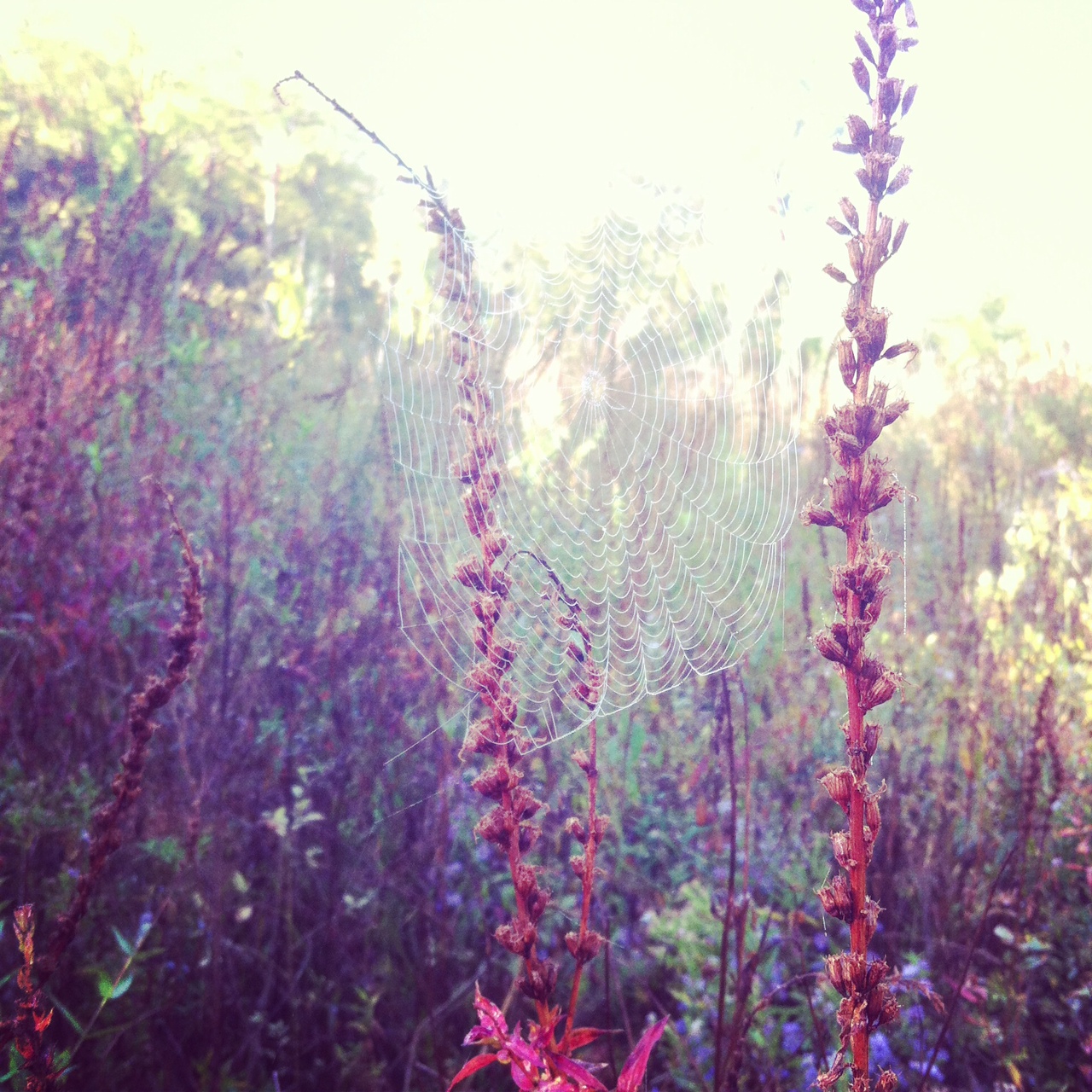This essay is part of the Great Lakes Review’s Narrative Map project.
To the woman in the parking lot of the park, who has found me crushing leaves, smelling them, and looking at the willows: I am giddy because I have identified a poison sumac. It grows on the trail by the water. They happen in Southeastern Michigan, and here are some ways to tell: Shrub or small tree; leaflets compound, sessile, with scarlet midribs; drupes white, persisting in winter.
I have been learning the names of woody plants this fall thanks to a special course at the college in town, a historic course, and sometimes I am overwhelmed with the trees. The distinctions between oaks, the tips of their leaves sometimes bristled, their buds sometimes tomentose, their acorns brimmed with fringe, where they are and aren’t on a hill. And the maples. “Something like Acer,” the graduate instructor says of them, meaning something common, mundane, easy to define. Silver, red, sugar, and box elder, they do their own thing. Thankfully, the Hawthorns one cannot tell apart, by the species at least. They have a thorny, suckering habit. They are part of one another. It is true that they have thorns and haws.
The shrubs that creep and climb beneath, I had not noticed. The vines with their special lifestyle, a specialist explains. They adapt; survive in high winds; have special structures. Sometimes, they get a bad rep. A man comes to talk about soil, its micro-biome with elements that outnumber stars. He throws acorns at the students to get their attention. A student asks how we could count the stars; the man explains.
I drive to somewhere by Highland Township, and towards Detroit, and to the border with Ohio, to find the right plants. There are places in Ann Arbor I had not considered. Their glacial features. The forest changes. A place that felt common, felt familiar, is not the same place. I’ve only visited the class for weeks, which is to say, I know not much at all. Still, that is all it takes to make the forest strange and lovely, a place to touch and explore.
Often the forest is a backdrop. Now, as I walk and scan the paths for bark patterns, and then the understory, the leaves on everything, the way they move with wind, I become the backdrop to the forest. By the end, my senses have exhausted, and I listen. It is the time of year when I can hear the acorns drop, a time of year I hadn’t noticed until now. I am not particularly spiritual, but I am quiet. I think: Once I was an addict. Maybe I still am.
In the Mary Karr memoir Lit, she conveys a familiar situation. When in traffic, inching bit by bit, we don’t think of ourselves as it. Traffic is the other humans. Prickles, spines, thorns, I touch plants with all of them. What else can we learn from the woods? I crush leaves, I rub at bud scales.
There’s a saying that encapsulates advice for winter identification, after the leaves have dropped: “Trust the bud.” My instinct is to walk away from the forest, the way it’s changed me in weeks. My instinct is not to trust it. I am hoping instead to find a place where I can. A forest in town, perhaps.
Anna Prushinskaya
Anna Prushinskaya’s writing has appeared in Redivider and Sonora Review, and on The Millions and Vol. 1 Brooklyn, among other places. She lives in Ann Arbor, Michigan, and she is also the Midwest editor of Joyland Magazine. Find out even more about her.
